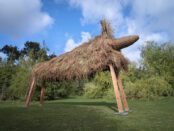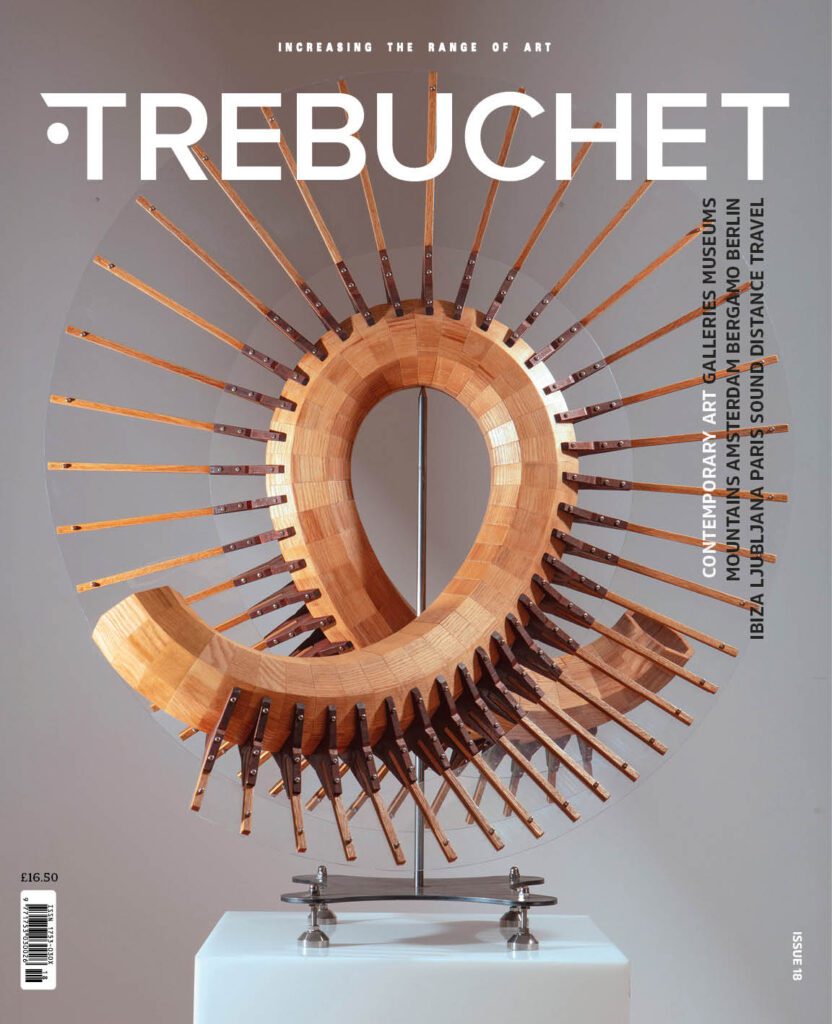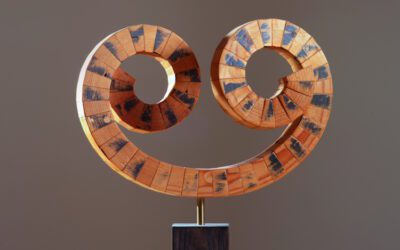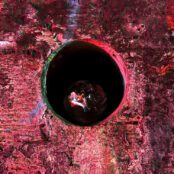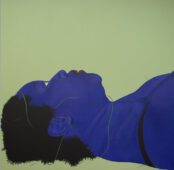The two-part project Bid(s) for Survival comes to a climax with ROOTS, a cultural portrait of contemporary Bali. For ROOTS the artist Michael Schindhelm recreates an abandoned Balinese holiday villa questioning how the tourist gaze has framed Bali over the past 100 years.
The Bid(s) for Survival project looks at the interrelation of biology and identity. Where The End of Ageing (early 2024) exhibition asked questions about the nature of humanity once death has been eliminated, the ROOTS project (from August 2024) looks at how the particularities of cultural identity are formed. The overarching premise in both cases is that we are defined by the struggle for existence, against death in the former and against the other in the latter. What happens to our sense of self when death is no longer a driving motivation to achieve, or when we are no longer driven to assert our identity against competing frames of being?
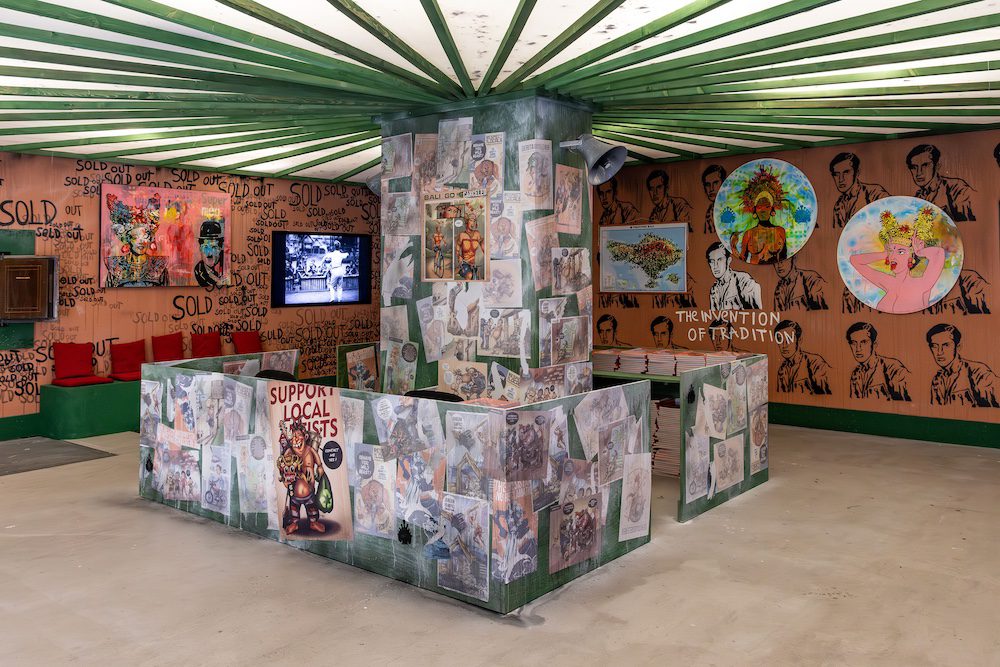
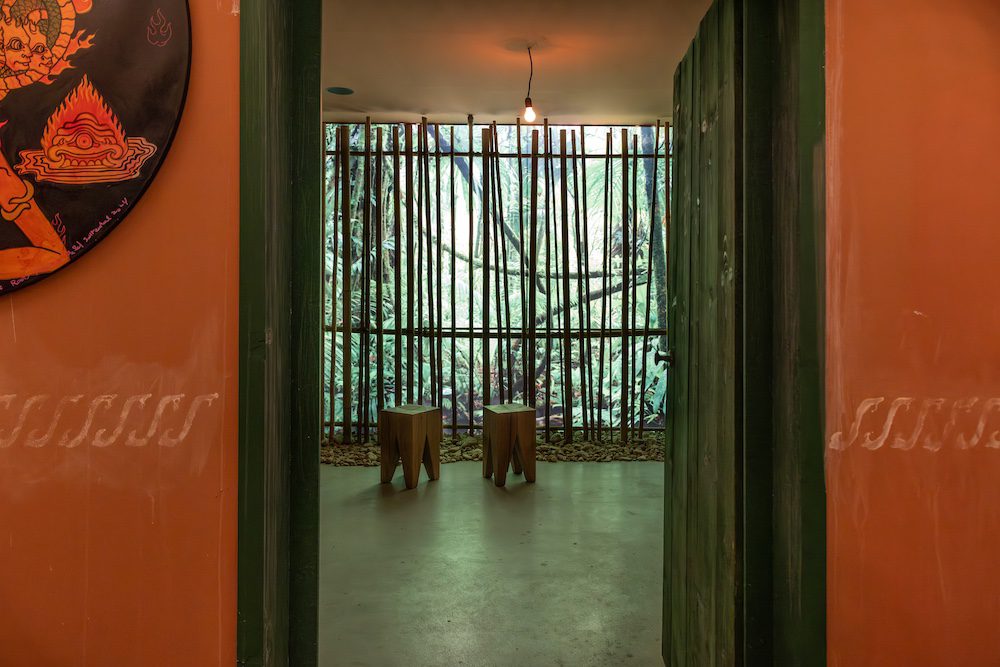


In both cases the installations are set in abandoned public facilities; a hospital and a hotel. Why abandoned? Abandoned places have a sense of elapsed time and ghosts which allows Schindhelm to draw several threads of contemporary and historical discourse into a single setting. By removing the need to make it either a museum tableau or a liveable place with USB ports etc., the hospital/hotel can be overlaid with graffiti as an editorial commentary on what people intended versus how things ended up. Schindhelm’s background in theatre, where a certain verisimilitude of what an actual abandoned building would look like is expected, gives way to a physical manifestation of discursive entropy. It’s a place where we’re asked, in the words of the Basel-based organising foundation KBH.G, to “explore the themes of mass tourism, environmental degradation and the complex interplay of cultural identities in Bali”. a place where moments in history can echo and replay, forming harmonies and dissonances of violence, peace, recognition and neglect.
Schindhelm describes the two-part nature of the project: “The first part was about the future of human biology, the kind of speculation about what would happen — like a thought experiment. What would happen if biotechnology and/or biomedicine would allow us to overcome
biological birth?
In this project, we’d rather deal with something which makes us special and different from each other, which is our identity or in the old days what you would call our soul…
…Article continues in Trebuchet 16
Read more in
Trebuchet 16: Psychology
Featuring:
Daniel Boyd
Bernard Frize
Langlands & Bell
Brian dawn Chalkley
Rabia Farooqui
Tonia Nneji
Jamie Luoto
Michael Schindhelm
Bracha Ettinger
LUAP
Images courtesy of KBH.G / Michael Schindhelm
Travel supported by KBH.G

The aim of art is to represent not the outward appearance of things, but their inward significance. – Aristotle






